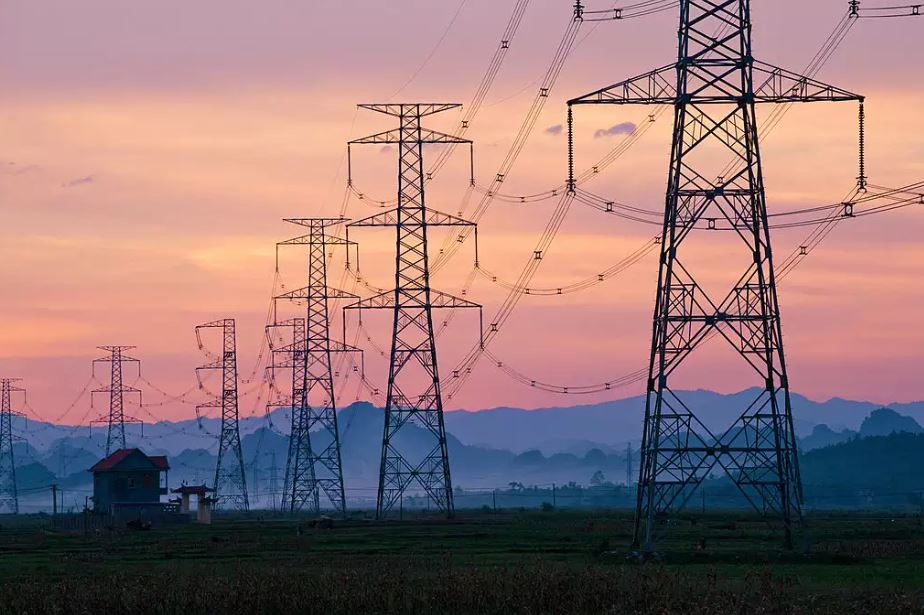India’s power sector –The volatility, reasons and the way forward

From Current Affairs Notes for UPSC » Editorials & In-depths » This topic
IAS EXPRESS Vs UPSC Prelims 2024: 85+ questions reflected
Context: In October 2021, India witnessed significant power shortages stemming from the low inventory of coal at the power plants. After seven months, we are back to square one as reports of coal-shortage induced power outages across states to continue to pour in.

What are the causes for volatility in India’s power sector?
A mismatch in the demand and supply & a sudden rise in energy demand:
- As economic activity resumed after the Covid-induced lockdowns, the demand-supply mismatch for commodities such as coal widened globally, leading to a surge in prices.
- Even as coal stocks available with state thermal power plants fell, India also witnessed a sudden rise in energy demand in March — the hottest in its recorded history.
Geopolitical tensions:
- Geopolitical tensions have exacerbated the existing crisis.
- Global supply disruptions due to the Russia-Ukraine conflict have sent coal prices touching historical highs.
The way forward
Efforts from the GOI
- The Ministry of Power has taken a host of measures to alleviate the crisis.
- This includes giving directions to ensure maximum production of coal at captive mines, rationing of coal to non-power sectors, and a price cap of Rs 12 per unit on electricity traded on exchanges.
- Though these efforts can help to some extent, considering the larger impact, we need to do more to enhance the sector’s resilience to such disruptions from exogenous factors.
Some of the measures which can be considered as the need of the hours are as follows.
Create an enabling ecosystem:
- There is an urgent need to create an enabling ecosystem to ensure power plants work efficiently.
- India has about 200 GW of coal-based generation capacity which accounts for nearly 70 per cent of the total electricity generated in the country.
- However, according to a CEEW assessment, a disproportionate share of generation comes from older inefficient plants, while the newer and efficient ones remain idle for want of favourable coal supply contracts or power purchase agreements.
- Revisiting fuel allocation and supporting the priority dispatch of efficient plants could help India reduce coal demand by up to 6 per cent of our annual requirement, and set aside more coal for the proverbial rainy day.
Smart assessment and management of demand:
- We need to enable discoms to undertake smart assessment and management of demand.
- We have advanced tools for medium- and short-term demand forecasting.
- However, few discoms have embraced these to inform their procurement decisions.
- Introducing time-of-day pricing and promoting efficient consumption behaviour would help shave peak demand and avoid panic buying in the market.
Bring down discom losses:
- It is high time for us to empower electricity regulators to help bring down discom losses. This would be critical to infuse payment discipline across the supply chain of the electricity sector and to keep cost recovery as a key metric.
- Despite two decades of sectoral reforms, the aggregate losses of discoms stand at 21 per cent (2019-20).
- This is reflective of both operational inefficiency and poor recovery of dues from consumers, including those affiliated with state governments and municipal bodies.
- These losses are also the reason for discoms not being able to pay the generators on time, resulting in payment delays to Coal India, which, in turn, is reluctant to supply coal on request.
Practice Question for Mains
- Given the country’s development aspirations, India’s power demand is set to rise substantially and become more variable. There is a need to act now for the long-term resilience of India’s power sector. Discuss. (250 Words, 5 Marks).
If you like this post, please share your feedback in the comments section below so that we will upload more posts like this.

